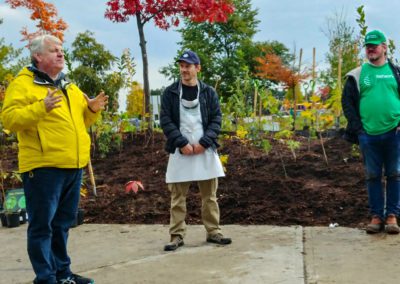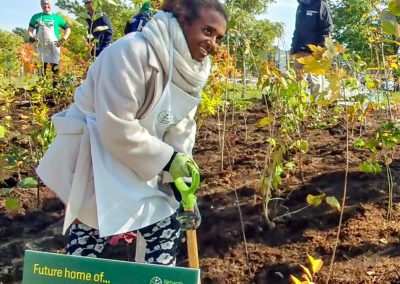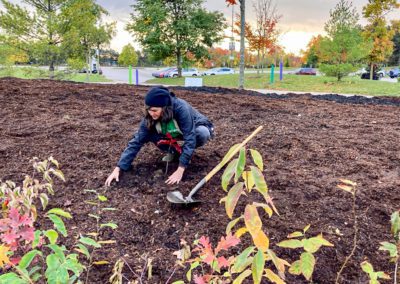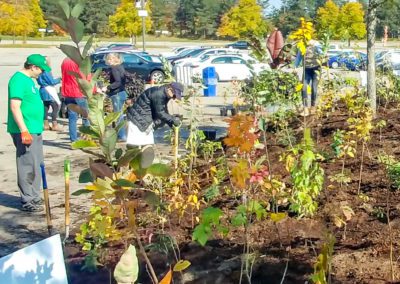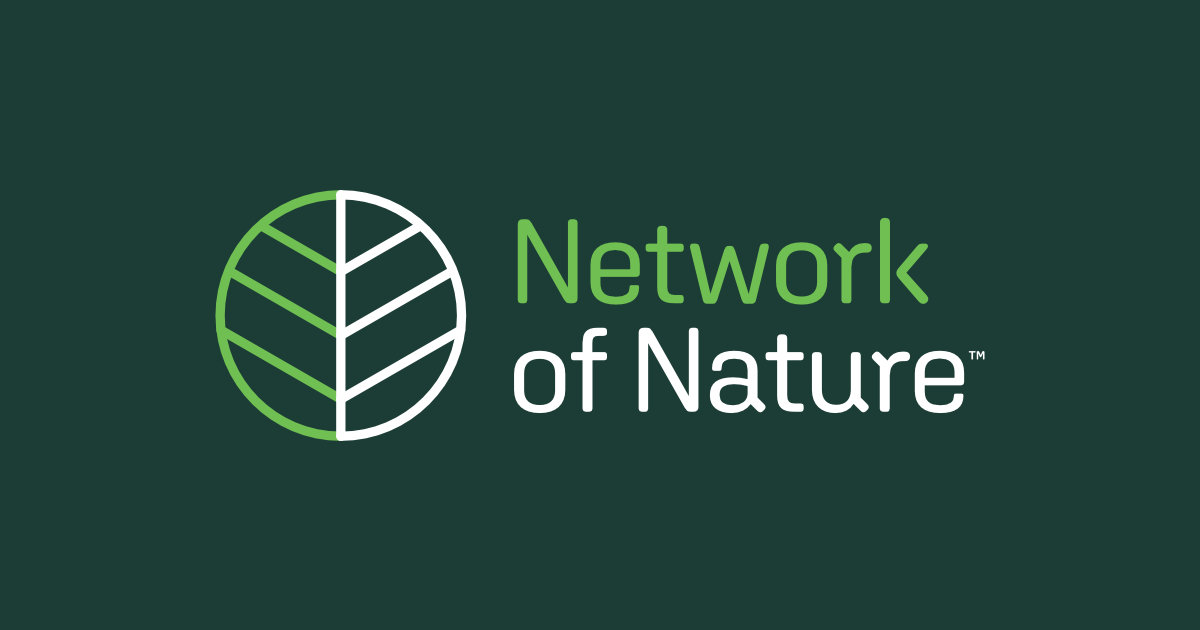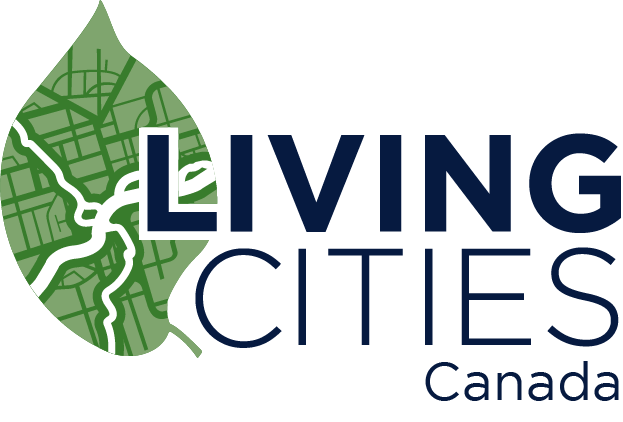Mini ForestS
Green Communities Canada and Network of Nature launched the Mini Forest program as the National Mini Forest Pilot in 2022 to address the growing need for green spaces in urban environments. We support local partner organizations and municipalities through our Mini Forest program to transform under-natured sites into thriving urban forests, using an innovative tree-planting method modelled after the Miyawaki forest technique.
We provide partners with the skills, knowledge, and tools to plant mini forests, which grow at accelerated rates into dense, diverse, native-planted forest communities that provide many benefits to urban environments.
This program — led by Green Communities Canada in collaboration with Dougan & Associates, Canadian Geographic and Wilder Climate Solutions through the Network of Nature — aims to contribute to Canada’s goal to plant 2 Billion Trees by 2030 to address climate change and biodiversity loss.
What are Mini Forests?
A mini forest — also known as a micro forest or tiny forest — is a community of native trees and shrubs planted tightly together in an urban or suburban site based on the Miyawaki method. The method emphasizes the use of dense plantings, diverse locally-native species collections, soil preparation, and multilayered design to mimic the complexity of a native forest. This dense planting technique results in taller plants in a shorter time period.
Mini forests provide a variety of ecosystem services that offer both environmental and social benefits. From reducing air pollution to increasing biodiversity, and providing necessary habitat for wildlife, these small plots can have a big impact on their local environments. They provide much-needed green spaces for people to enjoy, offering mental health benefits and improving air quality. Mini forests also help reduce runoff, prevent flooding and mitigate the urban heat island effect.
In 2023, Green Communities Canada supported the planting of 16 mini forests and more than 6,000 trees across the country. Local partner organizations engaged over 1,600 volunteers to install these urban forests at parks, colleges, community centres, housing cooperatives, decommissioned landfill sites and more!
Check out the Network of Nature’s growing map of mini forests all across the country.
Get InvolvED!
In 2024, Green Communities Canada aims to support the planting of at least 10,000 more trees. Community funding for these projects is now provided through the Living Cities Canada Fund Demonstration Stream.
Want to plant a mini forest in your community and unsure where to start? Our free online training will teach you everything you need to know.
To join our monthly community of practise, and engage with other practitioners across the country, email our Green Infrastructure Lead, Jenn McCallum.
The 2022-2023 pilot of the Mini Forest program was supported by the Government of Canada, through the 2 Billion Trees program, the Greenbelt Foundation and the Living Cities Canada Fund which helps community-based organizations grow support for green infrastructure and engage citizens in the planning, design, and implementation of local action projects such as mini forests.
